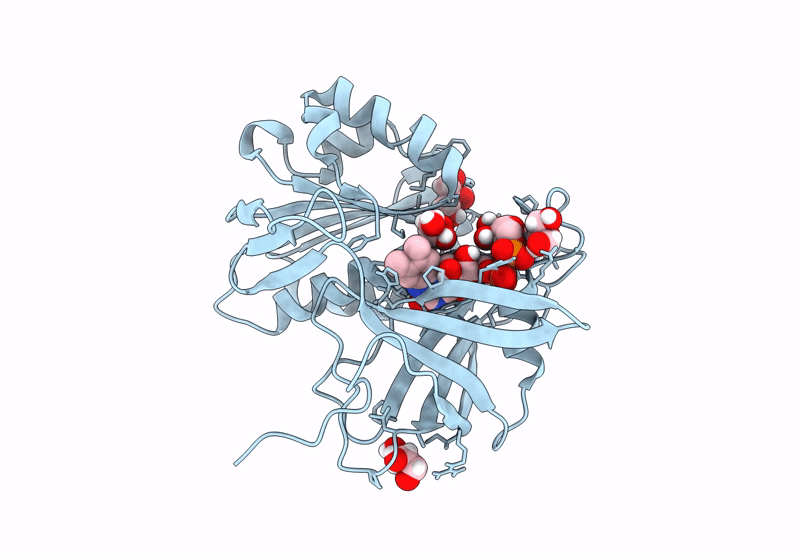
Deposition Date
2025-05-27
Release Date
2025-11-19
Last Version Date
2025-11-19
Entry Detail
PDB ID:
9V6C
Keywords:
Title:
Neutron crystal structure of the oxidized form of b5R at pD 7.5
Biological Source:
Source Organism:
Sus scrofa (Taxon ID: 9823)
Host Organism:
Method Details:
Experimental Method:
Resolution:
1.45 Å
R-Value Free:
0.20
R-Value Work:
0.17
R-Value Observed:
0.17
Space Group:
P 21 21 21


